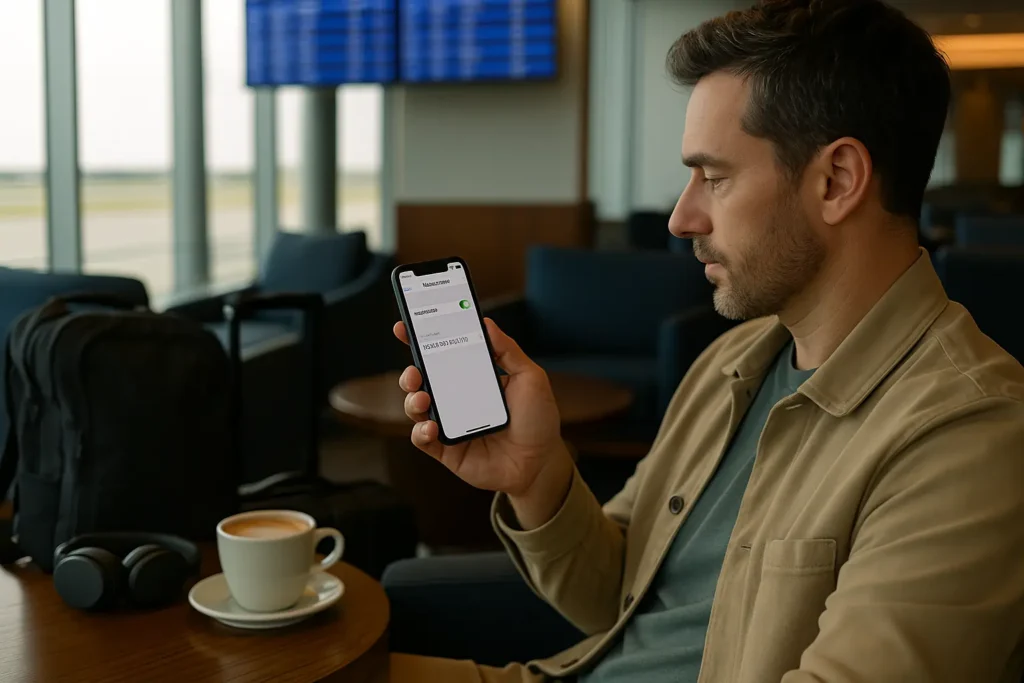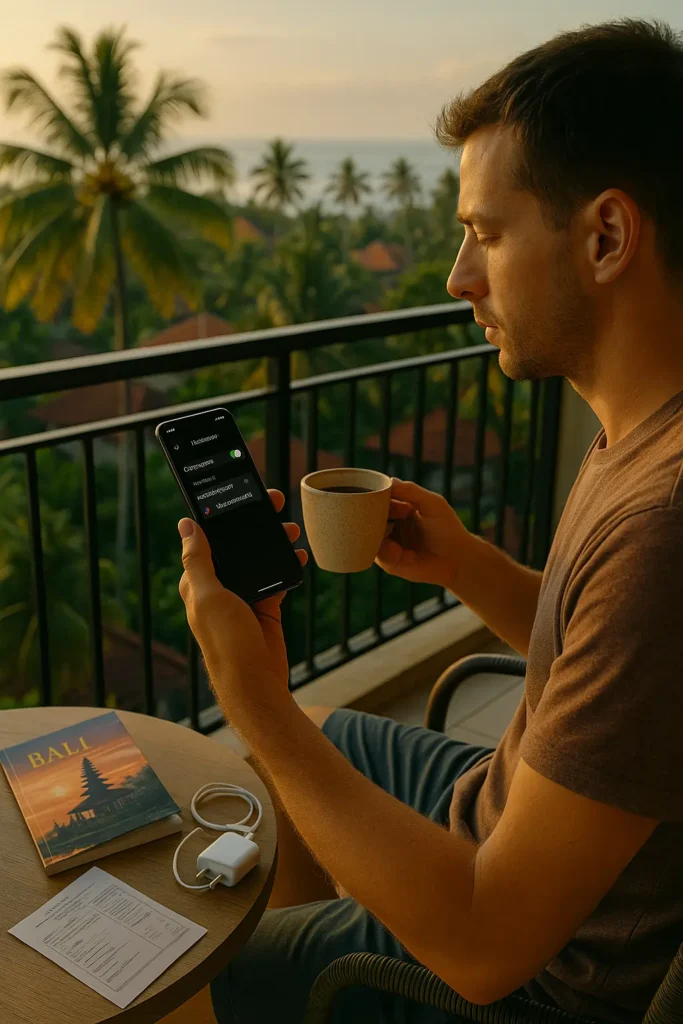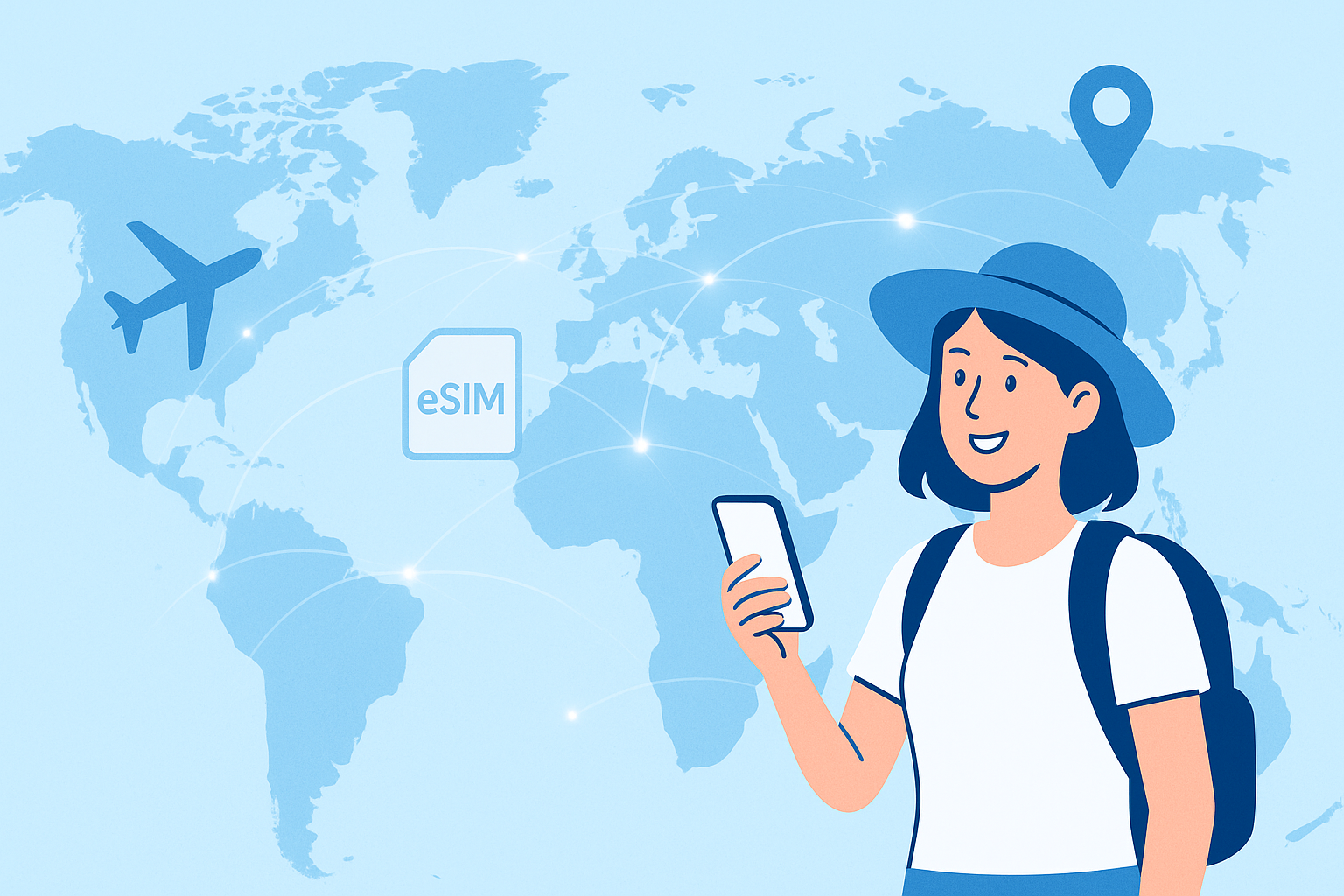
As more travelers and digital nomads switch to eSIMs for convenience and global connectivity, a common question arises: What happens to my calls on the old number? Whether you’re using a local eSIM abroad or permanently transitioning to an eSIM plan, understanding call forwarding to eSIM can help you stay connected without juggling multiple devices or missing important calls.
In this blog, we break down what call forwarding is, how it works with eSIMs, and how to set it up from your physical SIM to your eSIM—especially if you’re on the go.
Why Call Forwarding Matters for Travelers
Let’s say you’ve landed in Italy and activated your travel eSIM. Your physical SIM (let’s say your Indian or US number) is still active but not in your phone. Any incoming calls to that number? You’d miss them.
This is where call forwarding to eSIM comes in:
- It lets your original number forward incoming calls to your active eSIM number.
- You don’t have to carry two phones or swap SIMs.
- It’s ideal for international trips, remote work, or dual-SIM use.
What You Need for Call Forwarding to eSIM
| Requirement | Explanation |
|---|---|
| A phone with eSIM support | Most modern iPhones, Pixels, and Samsung devices support dual SIM setups |
| Active physical SIM number | Either still in your phone or previously used with a network |
| eSIM with voice capabilities | Some travel eSIMs are data-only; ensure yours supports voice/SMS if needed |
| Carrier that supports forwarding | Most major carriers allow conditional or unconditional call forwarding |
How to Set Up Call Forwarding to eSIM
Here’s a general step-by-step process, which may vary slightly based on your phone and carrier:
For iPhone Users (Dual SIM setup)
- Insert your physical SIM and ensure your eSIM is activated.
- Go to Settings > Phone > Call Forwarding.
- Toggle it ON and enter your eSIM number.
- Save and test by calling your physical SIM number.
For Android Users
- Insert the physical SIM or ensure it’s active via carrier app.
- Open Phone App > Settings > Calling Accounts > Call Forwarding.
- Select the SIM you want to forward from, then set the forwarding number (your eSIM).
- Save and test the setup.
Note: You can set conditional forwarding (only when unanswered, unreachable, etc.) or unconditional (forward all calls).
Real-Life Scenario: Remote Worker in Bali

A remote worker from New York travels to Bali for two months.
- They activate an Indonesia eSIM for affordable data and local calls.
- Their U.S. number remains active via Verizon but not inserted in the phone.
- Using Verizon’s app or phone settings, they set call forwarding to their eSIM number.
- Now, friends or clients calling their U.S. number are automatically redirected to their Bali eSIM.
They stay connected — without roaming charges or missed calls.
Things to Keep in Mind
| Tip | Why It Matters |
|---|---|
| Forwarding may incur charges | Many carriers treat forwarded calls as outgoing — check rates |
| Data-only eSIMs can’t receive calls | You must forward to an eSIM plan with voice support |
| VoIP services can be a good alternative | Apps like Google Voice or Skype can also reroute calls |
| Test before you travel | Ensure your setup works while both SIMs are still accessible |
Alternatives to Traditional Call Forwarding
If your eSIM is data-only, here are smart alternatives:
| Method | How It Works | Best For |
|---|---|---|
| Google Voice | Redirects calls to Wi-Fi/data | U.S. travelers & nomads |
| WhatsApp/Skype | Keep same number via app login | Casual travelers, freelancers |
| Carrier Voicemail | Forward calls to voicemail when unavailable | Personal trips, non-urgent calls |
Final Thought: Is Call Forwarding to eSIM Worth It?
Absolutely — especially for travelers who want to:
- Use a local eSIM while keeping their main number reachable
- Simplify communication on one device
- Avoid costly roaming fees
- Maintain business or family connections while abroad
That said, always check with your carrier about forwarding charges and test the setup before relying on it.
FAQs
1. Can I forward calls from my old SIM number to my eSIM?
Yes, most carriers allow you to forward calls from a physical SIM to an active eSIM number, as long as your eSIM supports voice services.
2. Will I be charged for forwarded calls?
Possibly. Many carriers charge standard outgoing rates for forwarded calls. Always check your carrier’s call forwarding policy before enabling it.
3. Does call forwarding work if my physical SIM is not inserted?
Yes, as long as your number is still active on the carrier network, you can set up forwarding using carrier settings, apps, or USSD codes.
4. Can I forward calls to a data-only eSIM?
No. Call forwarding requires the receiving number (eSIM) to support voice calls. Data-only eSIMs can’t receive forwarded calls.
5. Is call forwarding better than using apps like WhatsApp or Google Voice?
It depends. Call forwarding is ideal for business or critical calls. For personal use, VoIP apps over eSIM data can be more cost-effective.






Leave a Reply